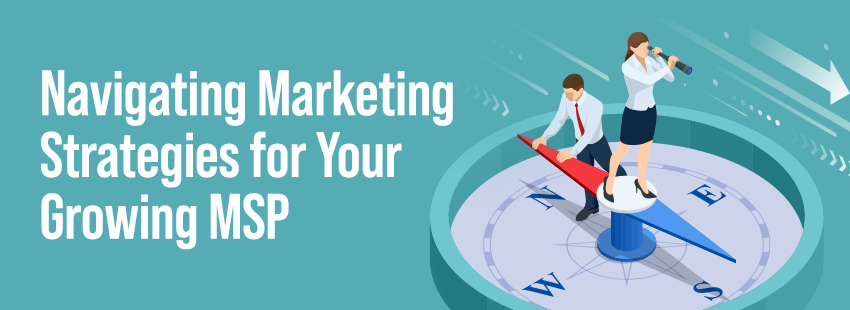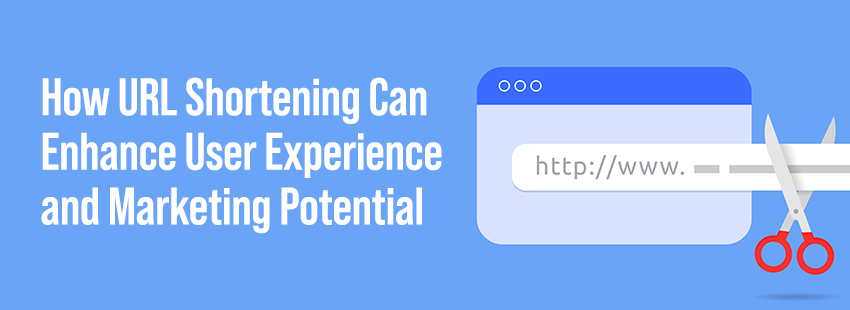Intro to Inbound Marketing
It’s time to get proactive with your marketing strategy and bring more customers to your site. The first place people look for an IT company is likely online. Inbound marketing focuses on creating quality content that increases your search engine rankings and brings the right people toward your business.
The first step to inbound marketing is bringing the right traffic to your site. You want the people who are most likely to become leads and ultimately, reliable customers, to be visiting your site. In order to attract these ideal customers, you need to zero in on who exactly these people are, so you can create content that appeals to them. You can achieve this by analyzing what the buyer persona is of your ideal customer. Personas include the goals, challenges, common objections to products, and personal and demographic information shared among all members of that customer type.
Armed with this information, you can implement these tools to attract them to your site:
Website Pages
Your website is the first impression a new visitor gets of your company, so make sure you put your best foot forward. Look at your site as an outsider – is it easy to navigate and appealing to your ideal buyers? A few tweaks to your website is all it could take for a customer to make a purchase – or you risk them running to your competition. Start with a clean theme and the most important content that will answer any questions a customer might have about your business. Little things like font, color choices, images, and load times can make all the difference.
Search Engine Optimization
Once your site is looking great, the content needs to be optimized for search engines. In order to appear higher in search results, your site needs to include the right keywords that real people are searching. Perform keyword research by looking at your competitors, and using tools like Google Adwords Keyword Planner and Moz to create your list. Once you’ve got 5-10 keywords, sprinkle them throughout your site, create content that covers those topics, and build links around the terms. Stay up-to-date on keyword trends to make sure you optimize to your changing industry.
Blogging
Blogging is the base of all inbound marketing. If you create valuable content that speaks to the right prospective customers, they will find you. Use the keywords you found to write blogs that target those specific topics. If your blog offers great content, customers will keep coming back to it, and will eventually make a purchase. Blogging gives you a chance to prove that you’re an expert in your industry – and also that you have a personality! Show your customers who you really are by highlighting company achievements, while sharing industry news. These blogs can also be used in email newsletters, and shared on social media.
Social Media
The best way to get your amazing content out there is to share it! Sharing your content on social media gives a human face to your brand, and allows you to engage with potential customers. In addition to posting your blogs or links to your site, sharing industry news, interesting images or videos that showcase your company, or just a funny gif can increase engagement and make customers excited to follow your page. You can interact in real-time to answer questions, promote sales, and keep an eye on what people are saying about your company. Silence is deadly on social media, so take advantage of the opportunity to connect.
Inbound marketing is the future of business development. By creating a solid digital marketing strategy to integrate all these elements, and consistently post or update them, you’ll build a great online presence that will lure customers to your site.




